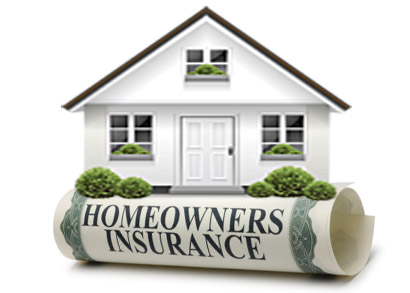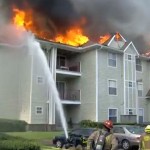 One of the easiest ways to save some money is to do an occasional review of auto and homeowners insurance. Last week I wrote about auto insurance (http://blog.ryanhlaw.com/an-overview-of-auto-insurance/) and today I will discuss homeowners insurance in more detail.
One of the easiest ways to save some money is to do an occasional review of auto and homeowners insurance. Last week I wrote about auto insurance (http://blog.ryanhlaw.com/an-overview-of-auto-insurance/) and today I will discuss homeowners insurance in more detail.
The majority of homeowners insurance policies will pay for most losses unless the loss is caused by something excluded. Things that usually aren’t covered by any insurance includes routine maintenance, damage from flooding[1] or landslides, damage from earthquakes, sewer backup and acts of terrorism.
PROPERTY PROTECTION
Four specific things are covered by the property protection portion of your insurance:
Part A: Dwelling and attached structures
This covers damage to your home and any attached structures (an attached garage, for example). For example, if your roof is damaged in a hail storm and you need a new roof Part A would pay for a new roof. If your stove catches on fire and your kitchen is destroyed, Part A will pay to repair the damage.
Part B: Detached structures
This covers any structures that aren’t attached to your main home – a detached garage, a storage shed, etc. Coverage is usually 10% of Part A. If, for example, you have $200,000 worth of insurance in Part A you would have $20,000 worth of insurance on Part B.
Part C: Personal property
This includes all the property in your home – your TV, computer, clothing, etc. It is important that you have a record of what you have in your home so you could prove what you owned if it was stolen or destroyed.
Coverage is limited for many items, so you may need a rider if you have a collection or expensive pieces of jewelry, furs, stamps, firearms, antiques, tools, memorabilia or other similar items.
You will have a deductible for the property protection portions of your insurance – standard is $1,000, but if you have the cash you can raise your deductible which will lower your premium.
You want to look carefully to see if you have replacement cost or actual cash value. Replacement cost will pay for a replacement (i.e. if you have a 25-inch flatscreen TV that is stolen you will get a new 25-inch flatscreen TV). With actual cash value depreciation is taken into account. If your 25-inch flatscreeen is 5 years old and the insurance company figures that TVs last for 10 years you will only get about half the cost of a new TV.
Part D: Living Expenses
If you can’t live in your home while repairs are being made or while it is rebuilt this portion will help pay for similar living expenses.
LIABILITY COVERAGE
The other part of homeowners insurance is liability coverage – which provides coverage for personal injuries or property damage that you or others living in your home may be responsible for.
This portion covers the cost of your defense regardless of whether or not you are found liable. If you are found liable your insurer will cover damages up to the total of your liability coverage.This can be on or off your property and it does not cover intentional acts.
Included as part of liability insurance is medical payments to others that will help pay the doctor’s bills for people injured by you, a family member or your pets.
Other standard coverage includes:
- Fire Department Service Charge, which will pay the cost of a fire department run
- Debris Removal coverage, which pays for the cost of removing damaged property
As a reminder, for those that live in Utah, I am happy to review your homeowner’s insurance coverage and run a quote against a number of the nation’s highest rated companies to see if I can save you some money.
[1] Flood Insurance is provided by the federal government – you can access that at www.floodsmart.gov
Share this: